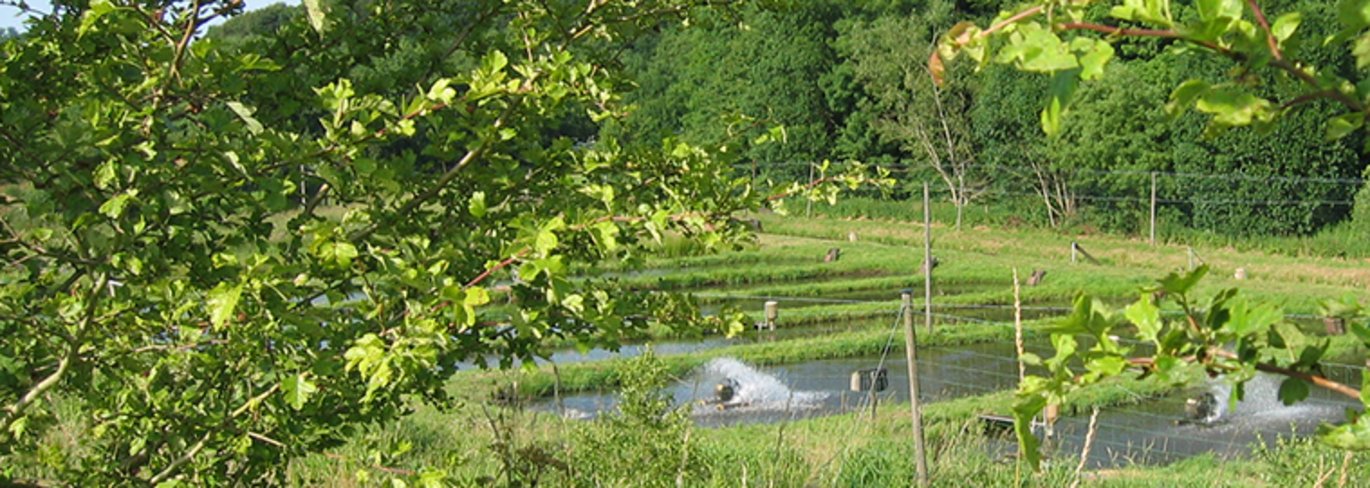Organic fish farming is a good investment – the price premium is maintained
All investments claim a healthy economic basis. This also applies toorganics. The project RobustFish finds that the price premium on organic trout and salmon is maintained, when the supply of organic fish rise.

Think about the following scary theoretical example: A producer imagines the opportunities in a rising organic demand and invests in a conversion based on a budget, where the price premium covers the extra cost of the investment. Other producers do the same and the total supply increase. This makes the prices fall. The economy of the producer is getting bad, the organic production ends, the investment is lost, and the producer desclares bankruptcy.
The Robustfish project shows that this example fortunately is not realistic for trout farmers. Luckily, the price premium remains stable over time. The purpose of the Robustfish project is to improve the resistance of trout fry to diseases, when the use of antibiotics is reduced ,hereby achieving growth. Market trends in the sale of both organic trout and salmon in Denmark are also identified in the project.
Stability of the price premium
The first Danish organic trout was sold in 2005. The project shows that the price premium, which can be achieved, is 30-40 %. Hence, the economic gain of conversion is high. Correspondingly, Danish consumers pay a 20% higher price on the imported organic salmon.
In the Robustfish project, the willingness to pay for organic trout in Germany was also examined. Consumers were on average willing to pay 16 DKK./kg. more.
In Denmark consumer segments were identified. 20 % buy organic salmon at least once a year (annual per capita consumption is 230 gram). 80 % never buy organic, one reason being the lack of availability. Moreover, the project identifies a considerable demand for farmed organic fish among consumers in Denmark and Germany.
On this basis, it is possible for the trout farmers to achieve a price premium. But is this price premium reduced over time, when supply increase? No, it is not. Robustfish finds that the price premium on organic fish has been stable over longer time, also when supply has grown. It is therefore likely that the price premium is maintained stable also in the future. With this new knowledge, investments can be made more safely, despite that prices can remain fluctuating. The reason is that the general price development depends on supply and demand for conventional trout, since the market share of organic trout is small.
Fact box: Aquaculture in Denmark
Danish freshwater trout farming started in the 1870ies. Today, fish are farmed in freshwater ponds, marine cages, ell farms, mussel farms and in a number of other productions. Trout forms more than 90 % of the production. In freshwater, portion sized trout are typically farmed portion sized on 200-400 gram with white meat, while marine farms produce trout on 3-4 kilo with red meat, where the roe is the most important product. The organic production started in 2005. In 2015, ten freshwater farms, two marine farms and 7 mussel farms exist. The production is 2,782 tons sold for DKK 54 Million. The market share of freshwater trout in first hand sale is 3 %, while imported organic salmon forms 4 % at the retail market. Organic demand is increasing and the sector is growing. |
The Robustfish project is part of the Organic RDD 2-program, coordinated by ICROFS (International Centre for Research in Organic Food Systems). The project has received funding from the Green Development and Demonstration Program (GUDP) under the Danish Environment and Food Ministry.